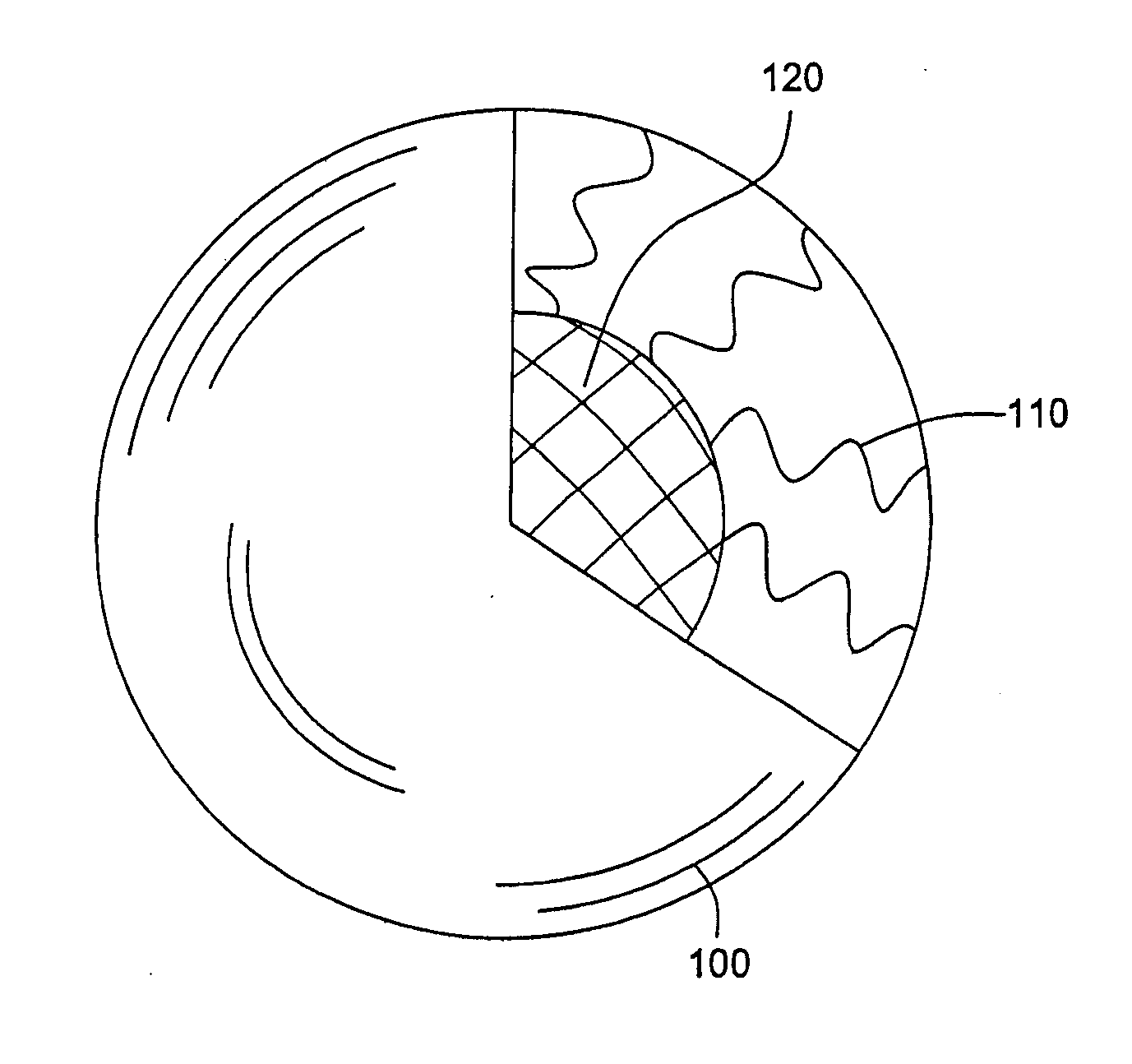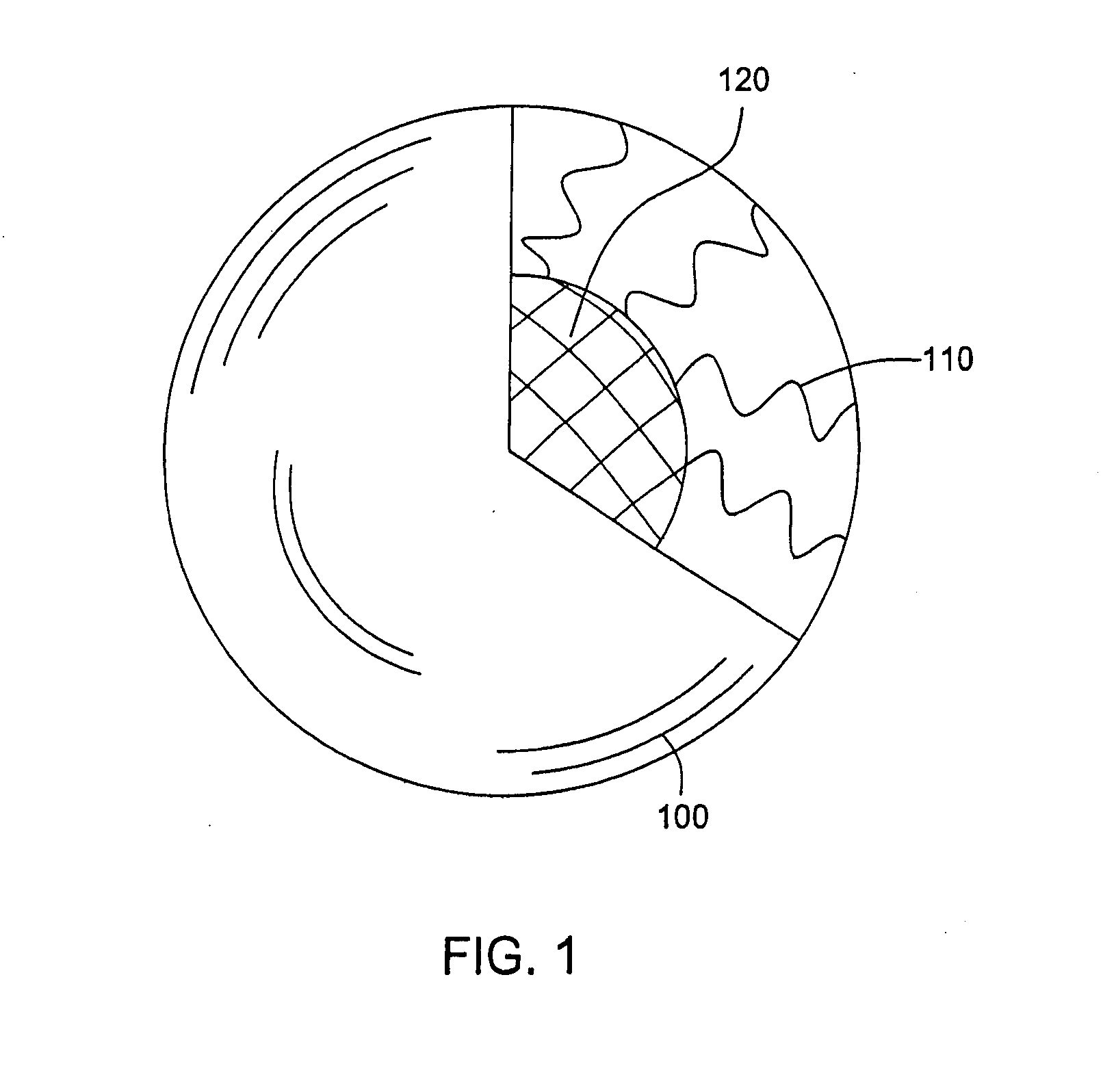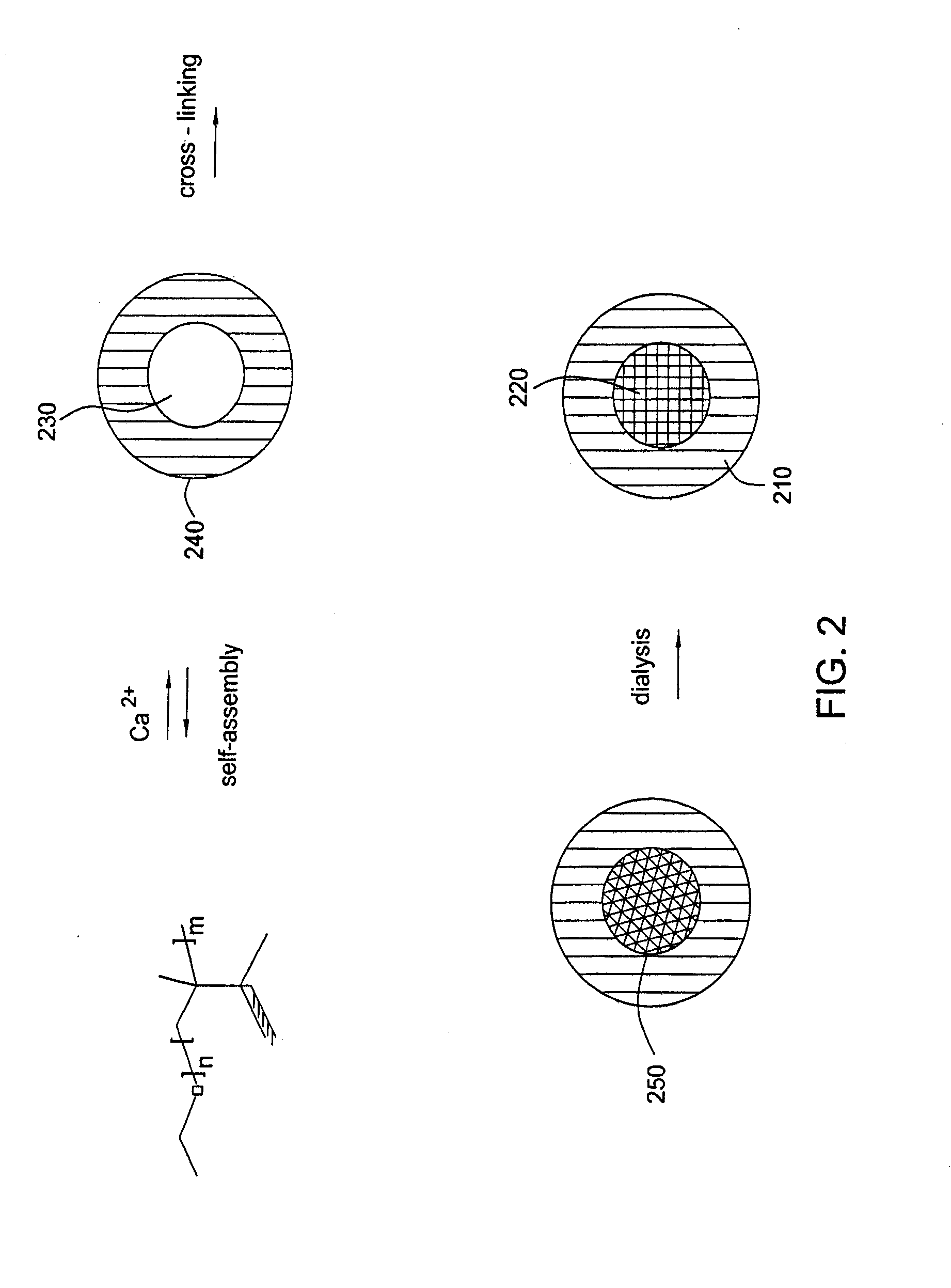Cross-linked ionic core micelles
a technology of ionic core and micelle, which is applied in the direction of synthetic resin layered products, natural mineral layered products, drug compositions, etc., can solve the problems of severe dilution of the delivery system and unrecognizable particles, and achieve accurate examination of the ability of a drug or drug combination, high throughput evaluation, and anti-tumor activity.
- Summary
- Abstract
- Description
- Claims
- Application Information
AI Technical Summary
Benefits of technology
Problems solved by technology
Method used
Image
Examples
example 1
Complex Formation of PEO-b-PMA with Ca2+ ions
[0061]Mixing of an aqueous solution of poly(ethylene oxide)-block-poly(sodium methacrylate) (PEO-b-PMA) with a solution of CaCl2 at molar ratio of (Ca2+) / (COO−) 6 resulted in formation of slightly opalescent dispersions. Dynamic light scattering (DLS) measurements for the PEO-b-PMA / Ca2+ mixtures revealed the formation of block copolymer-metal complex micelles with diameters approximately 130 nm. The low polydispersity index (2+ ions and surrounded by a shell of PEO chains.
example 2
Cross-Linking of the Core of the PEO-b-PMA / Ca2+ Micelles
[0062]Cross-linking of the core of the micelles was achieved via condensation reactions between the carboxylic groups of PMA and the amine functional groups of 1,2-ethylenediamine in the presence of water-soluble carbodiimide. Briefly, an aqueous solution of 1-(3-dimethylaminopropyl)-3-ethylcarbodiimide hydrochloride (0.00275 mmole) was added dropwise in the solution of PEO-b-PMA / Ca2+ micelles (0.1 mmole of methacrylic acid units). The mixture was stirred for approximately 10 minutes before the aqueous solution of the cross-linker, 1,2-ethylenediamine (0.0014 mmole), was added dropwise. The percentage of cross-linking was 25% and was based on the stoichiometric ratio of amine functional groups to carboxylic acid groups. The reaction mixture was allowed to stir overnight at room temperature. The size of PEO-b-PMA / Ca2+ micelles in the dispersion slightly increased and was approximately 160 nm. This resulting size suggested that f...
example 3
Swelling Behavior of the Cross-Linked Micelles
[0064]pH-induced dimensional changes of the cross-linked polymer micelles were studied by DLS and the results are presented in Table 1. The size and net negative charge of the cross-linked micelles increased considerably with increasing pH. Such behavior is indicative of ionization and swelling of the network formed by cross-linked PMA chains that comprise the core of the micelle. This swelling is completely reversible; the protonation of carboxylic groups upon lowering of pH resulted in the collapse of micelle core and a decrease in the size of the particles. Therefore, ionic core of the cross-linked polymer micelle imparted a pH-sensitive hydrogel-like character to the micelles. Such an aspect of behavior is advantageous for the design of drug carriers with controlled loading and release characteristics.
TABLE 1PH6.27.78.58.8Diameter, nm217240300308ξ-potential, mV−36.3−44.4−45.1−48.2
PUM
| Property | Measurement | Unit |
|---|---|---|
| molar ratio | aaaaa | aaaaa |
| molar ratio | aaaaa | aaaaa |
| mean diameter | aaaaa | aaaaa |
Abstract
Description
Claims
Application Information
 Login to View More
Login to View More - R&D
- Intellectual Property
- Life Sciences
- Materials
- Tech Scout
- Unparalleled Data Quality
- Higher Quality Content
- 60% Fewer Hallucinations
Browse by: Latest US Patents, China's latest patents, Technical Efficacy Thesaurus, Application Domain, Technology Topic, Popular Technical Reports.
© 2025 PatSnap. All rights reserved.Legal|Privacy policy|Modern Slavery Act Transparency Statement|Sitemap|About US| Contact US: help@patsnap.com



